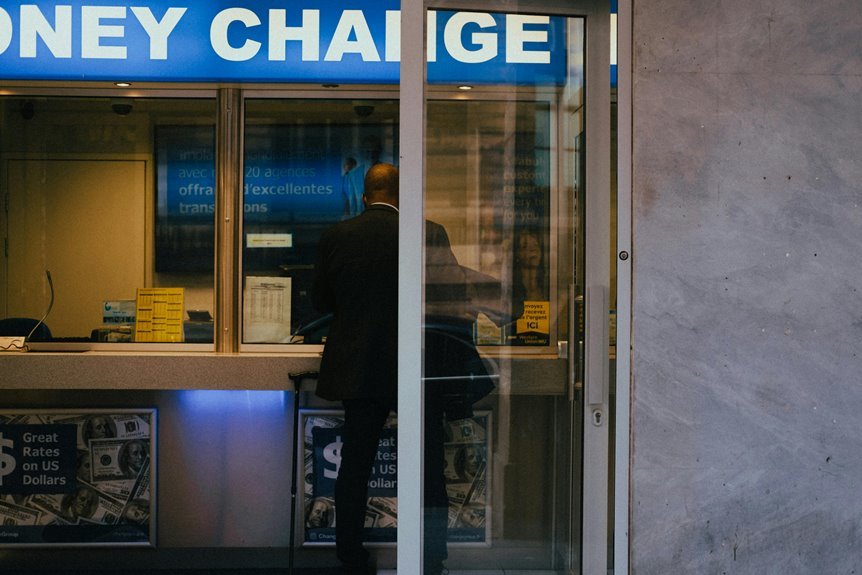265200600 Voicemail-to-Callback Conversion Rates

The voicemail-to-callback conversion rate for the number 265200600 provides critical insights into customer engagement. Analyzing these metrics reveals underlying patterns that can inform businesses about their communication strategies. Factors such as clarity, personalization, and response timing significantly influence these rates. Understanding the nuances of these elements may lead to improved customer interactions. Yet, many organizations still overlook crucial aspects that could enhance their effectiveness. What remains to be explored?
Understanding Voicemail-to-Callback Conversion Rates
Voicemail-to-callback conversion rates represent a critical metric for businesses seeking to optimize customer engagement strategies.
Analyzing voicemail effectiveness provides insights into customer responses and preferences.
Callback analysis reveals patterns that can inform improved messaging and timing.
Key Metrics Influencing Callback Rates
Numerous key metrics significantly influence callback rates, shaping how effectively businesses can engage with their customers.
Callback timeframes play a crucial role, as prompt responses often correlate with higher engagement.
Additionally, message clarity is vital; clear and concise voicemails enhance the likelihood of callbacks by ensuring recipients understand the purpose and urgency of the communication, ultimately improving overall interaction rates.
Common Pitfalls to Avoid
While many businesses strive to improve their callback rates, several common pitfalls can hinder their efforts.
Poor voicemail etiquette, such as leaving overly lengthy messages or lacking clarity, can discourage potential callbacks.
Additionally, inappropriate callback timing may lead to missed opportunities.
Recognizing these barriers is crucial for enhancing communication strategies and ultimately improving voicemail-to-callback conversion rates within a competitive landscape.
Best Practices for Optimizing Voicemail Strategies
To enhance the effectiveness of voicemail strategies, businesses should implement a series of best practices aimed at maximizing engagement and response rates.
Voicemail personalization, such as addressing the recipient by name and referencing pertinent details, significantly increases receptivity.
Additionally, optimizing callback timing—targeting moments when recipients are likely available—can further improve conversion rates, fostering a more responsive communication environment.
Conclusion
In the realm of customer engagement, the voicemail-to-callback conversion rate for 265200600 stands as a lighthouse, guiding businesses through the fog of communication challenges. By dissecting key metrics and avoiding common pitfalls, organizations can transform their voicemail strategies into bridges of connection rather than barriers of silence. Embracing best practices will not only illuminate the path to higher engagement but also forge stronger relationships, ultimately enhancing the overall success of the business in a competitive landscape.




